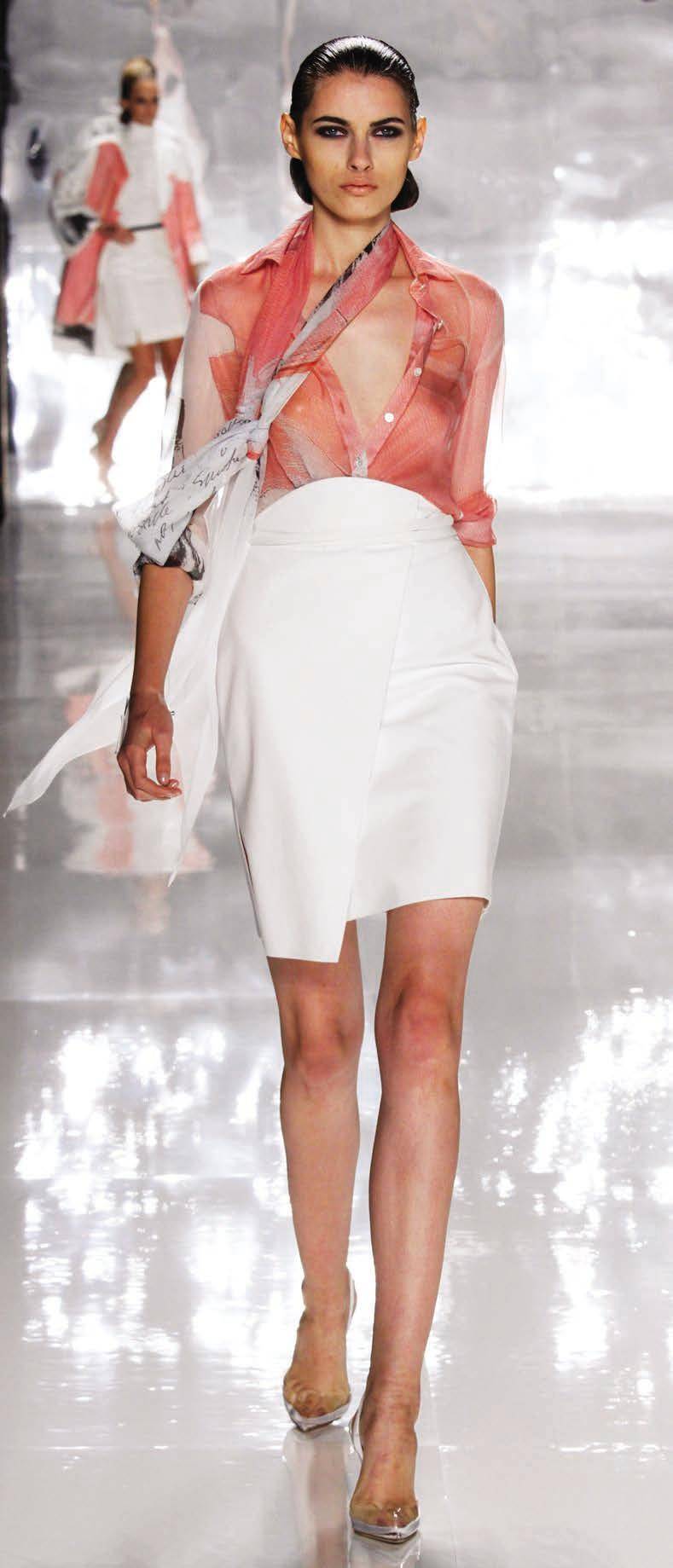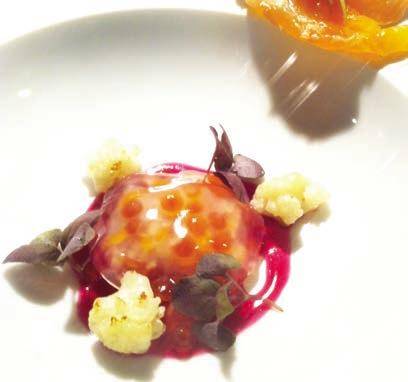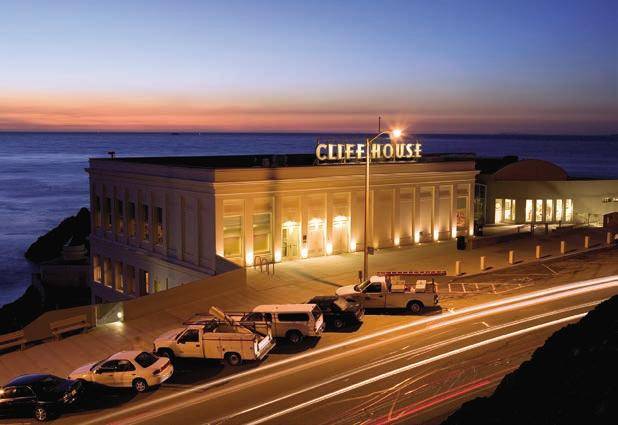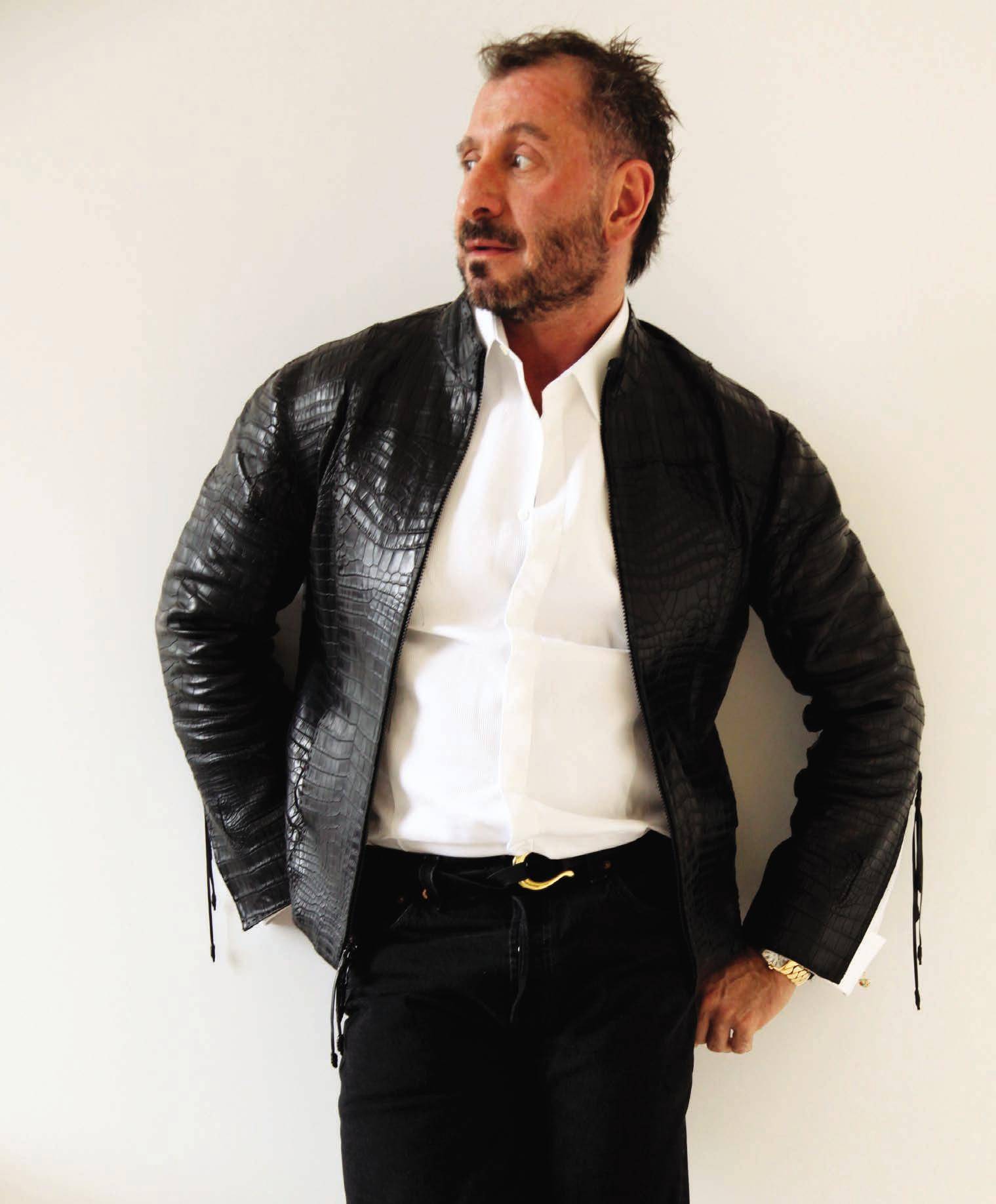 Meticulous details, precise cuts, carefully chosen fabrics and perfectly placed seams at every corner. These intricate details are the backbone of American fashion designer and artist Ralph Rucci’s creations. After 31 years in the business, the Philadelphia-born designer still aims for the same target—his best.
Meticulous details, precise cuts, carefully chosen fabrics and perfectly placed seams at every corner. These intricate details are the backbone of American fashion designer and artist Ralph Rucci’s creations. After 31 years in the business, the Philadelphia-born designer still aims for the same target—his best.
Rucci stands alone in the world of fashion as a singular master of detail. His adept and stunning couturier techniques have earned him almost every honor that could be bestowed on an American designer: His clothing designs have been featured in a number of major exhibits; his stunning gowns are included in permanent collections of the Victoria and Albert Museum in London, the Costume Institute of the Metropolitan Museum of Art in New York, the De Young Museum in San Francisco, among many others.
His definition of fashion is quite simple: “It has always been said that fashion changes as style remains. But fashion, with its own voice is never out of date.”
Yet with every achievement under his belt, Rucci admits that his proudest achievement stands as the only American designer in the history of fashion to be invited to the show on the Chambre Syndicale de la Haute Couture schedule, the French organization that sets standards for Haute Couture fashion dating back to 1858. His next proudest achievement: “Maintaining a business for 31 years with a spiritual intensity that infuses me”.
That spiritual intensity shines as he is the subject of two documentaries, Ralph Rucci: A Designer and His House, released in 2008, and the recent A Quiet American: Ralph Rucci & Paris, filmed from 2007– 2011.
Though he coyly declines to admit his celebrity muses, he does reveal that his “girl” is powerful and driven. As Rucci describes, “She derives herself from a combination of knowledge, exposure, poise, grace, kindness, sensuality and simplicity, all while understanding her enormous power as a women—the gender that rules the world.”
Correct he is. Rucci has built an entire business dressing women in the finest clothing for every lavish occasion thinkable. In 1994, over a decade after his first fashion show, he launched Chado Ralph Rucci. The luxury clothing and accessories line was inspired by “chado”, the exquisite Japanese tea ceremony noted for its attention to detail. Every collection is created and hand-made in Chado’s New York City workroom. Though high-end retailers such as Neiman Marcus and Bergdorf Goodman have embraced the line, Rucci has not succumb to the lure of the mass-market, mainstream magnet that has attracted so many of today’s designers. Instead, Rucci stays true to himself and his craft. “At the end of the day, if I am going to present my clothes, they must be original and they must reflect my individual point of view.”
Rucci talks about his latest work as “essentially collages of paintings which have been previously painted, then screened on silk chiffon or silk organza and finally painted on a canvas beneath. So you have an impression of the original emotion.”
His definition of fashion is quite simple: “It has always been said that fashion changes as style remains. But fashion, with its own voice is never out of date.” While his point of view is distinctly architectural, Rucci draws inspiration from everywhere. He explains, “Inspiration is found in the threads that I follow, sometimes from day to day. Some influences who have helped to shape my life’s work are Pauline de Rothschild, Tina Chow, Coco Chanel, and T.S. Elliot, to name a few.”
Rucci’s burning desire to bring the distinctive to life is what drives him. “I desire to discover what is rare, special, and unique unto myself and my workroom. “As he pushes fashion forward, he also digs deep to push his own edges. He explains, “I believe that if I am going to spend the time and effort on something, then it is useless not to move beyond my own expectation and possibilities.”
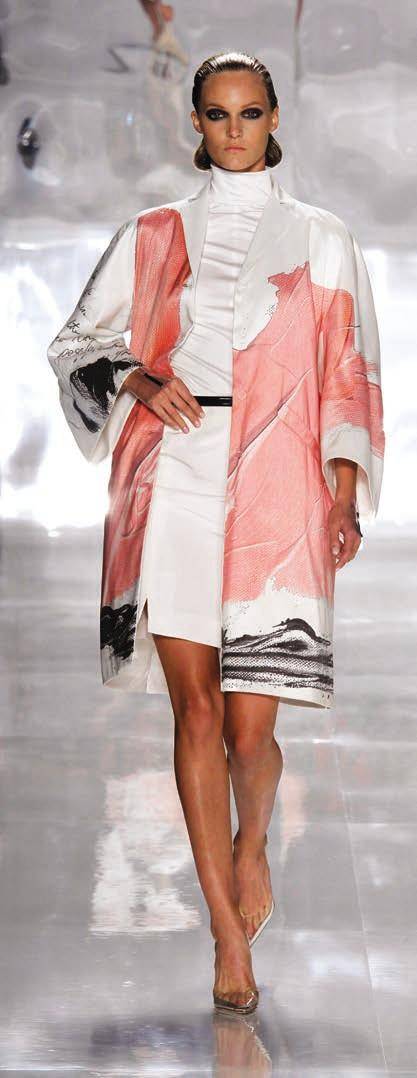
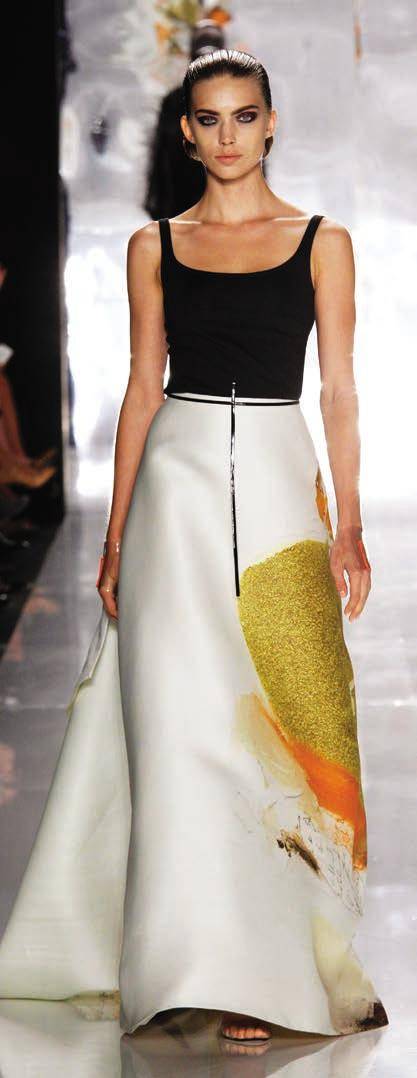 While he has found fashion design as an artistic medium, Rucci also expresses his unique vision as a painter. As with his art of fashion, he carries the same thoughtfulness and attention into his paintings. Rucci talks about his latest work as “essentially collages of paintings which have been previously painted, then screened on silk chiffon or silk organza and finally painted on a canvas beneath. So you have an impression of the original emotion.” This is just one of the techniques Rucci used to create his latest collection of paintings, which will be exhibited in December at the Sorokko Gallery in San Francisco.
While he has found fashion design as an artistic medium, Rucci also expresses his unique vision as a painter. As with his art of fashion, he carries the same thoughtfulness and attention into his paintings. Rucci talks about his latest work as “essentially collages of paintings which have been previously painted, then screened on silk chiffon or silk organza and finally painted on a canvas beneath. So you have an impression of the original emotion.” This is just one of the techniques Rucci used to create his latest collection of paintings, which will be exhibited in December at the Sorokko Gallery in San Francisco.
When asked whether he was born an artist, or whether he learned the craft, Rucci expresses himself with his signature poise: “I feel humbled that God allowed me to find my voice.”







